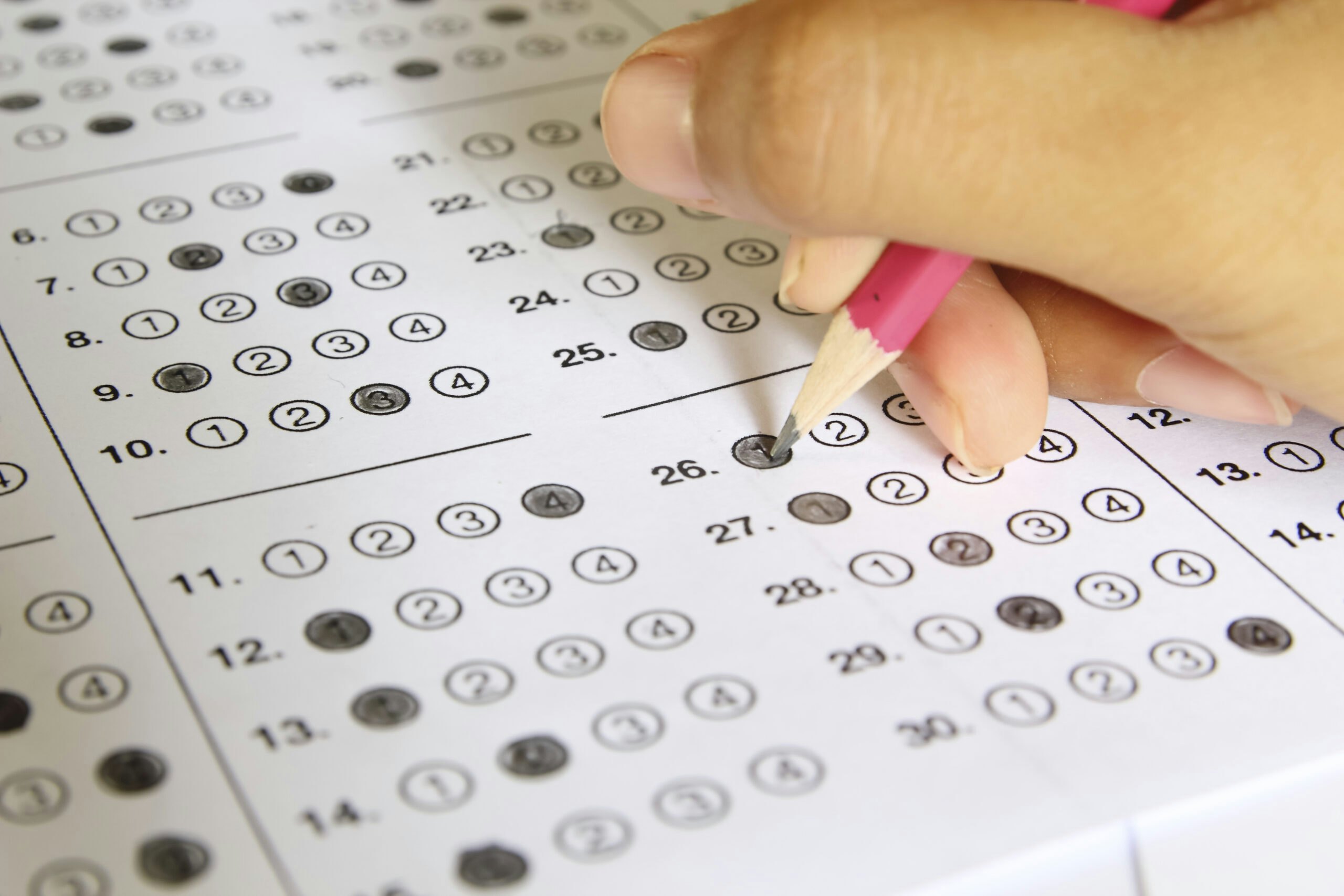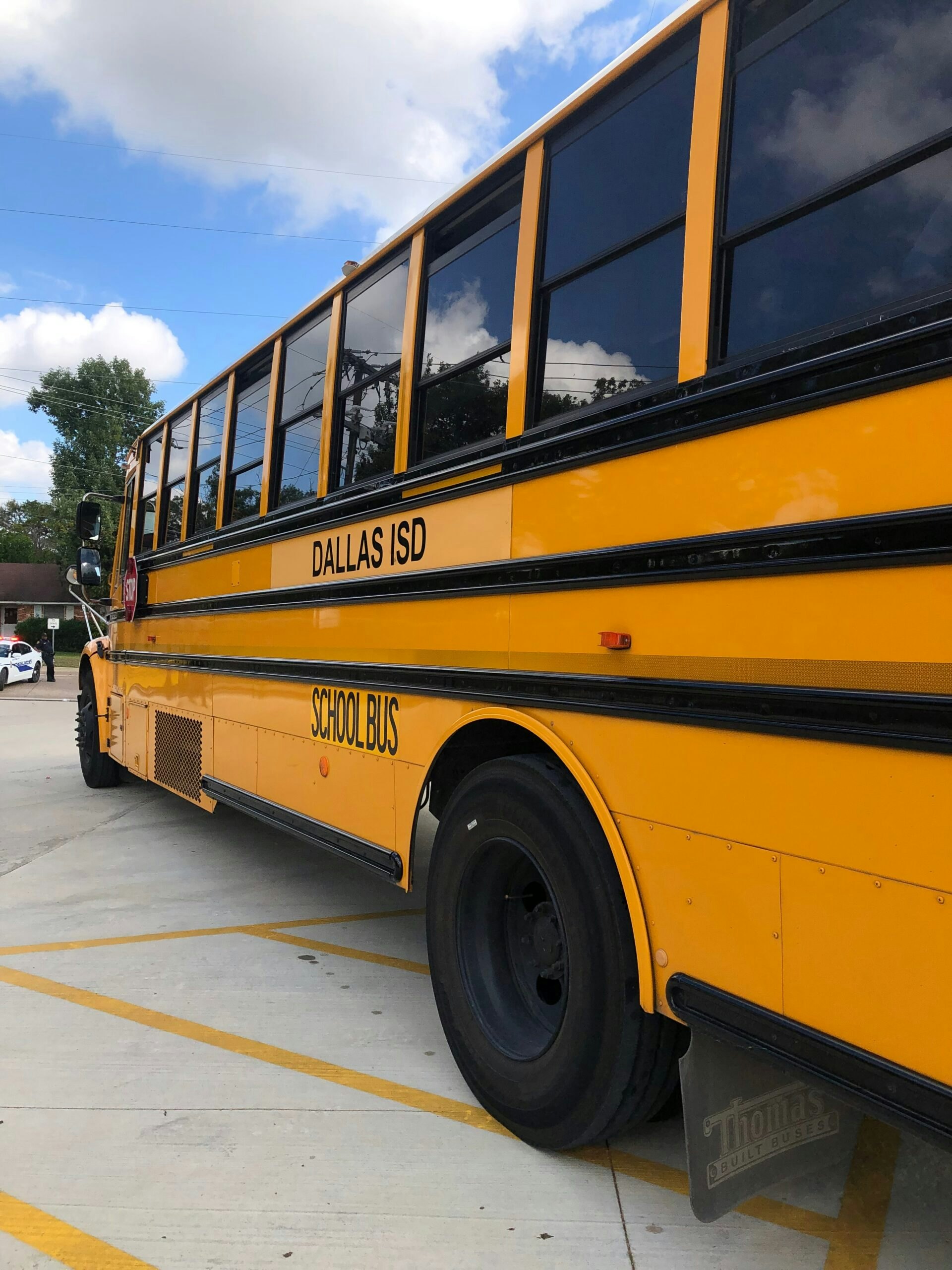Are Texas students prepared for life after high school?
Executive Summary
Texas is booming thanks to economic opportunities that draw people to the Lone Star State. But beneath this success lies concerning trends that call into question if Texas students are ready to compete in the Lone Star economy.
Readiness means that a student has the skills and knowledge to succeed in their next step, whether that is the next grade or life after high school.
Too many Texas students do not have the knowledge and skills to succeed in their next grade, much less in the workforce. This lack of readiness begins in the early grades, and students rarely catch up. Ninety-three percent of students who are not on grade level in third grade are still not on grade level by fifth grade. During the 2021-2022 school year, no grade level was more than 60% ready for the next grade.
Lack of readiness has life-long consequences. Between now and 2036, when the state will observe its bicentennial, over 70% of the jobs in Texas will require a postsecondary credential. But far too few Texas students will possess those credentials.
- Only 22% of Texas eighth-graders currently earn a postsecondary degree or credential within six years of high school graduation.
- 60% of Texas students do not do math on grade level and 48% do not read on grade level.
- These results are even lower for children living in poverty and for our state’s Black and Hispanic students.
- Right now, each cohort of Texas eighth-graders stands to lose $104 billion in future earnings due to a lack of readiness for their futures. Low-income students (60.7% of Texas’ student population) will bear $67 billion of that loss.
Public schools serve many functions – they are community hubs that serve families across our state with a range of activities and supports. But we cannot lose sight of their primary goal: to ensure that all young Texans are prepared for their next steps and economic well-being. Taxpayers invest more than $70B of Texas taxpayer money toward that goal each year.
The stakes for our public investment are high, but the stakes for our shared future are even higher. Economic growth has for too long relied on attracting out-of-state talent.
To ensure future success, Texas must:
- Commit to measurement and accountability. The state should ensure the performance of every student and hold school districts accountable for those results, regardless of a student’s race, income or ability.
- Enhance available workforce data. Increase access to rigorous college and career education options to create more pathways for future prosperity.
- Ensure student readiness. When a student is deemed college, career or military ready, it should mean they are actually ready for college, career, or the military.
Texas cannot continue on a path of prosperity if its young people are relegated to second-class status, unable to compete in their own state and capitalize on the opportunities of tomorrow.





























